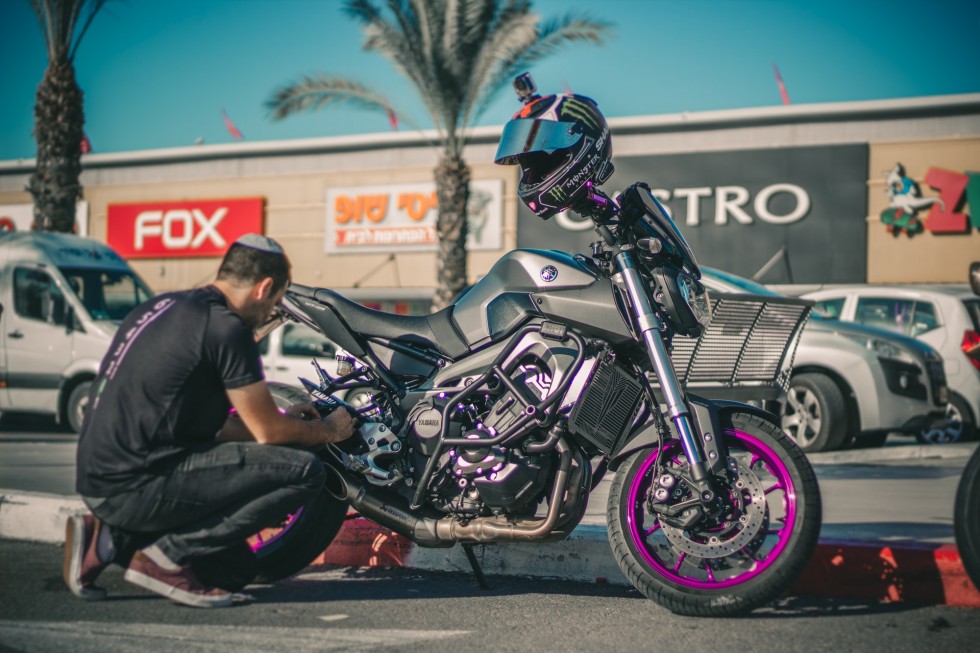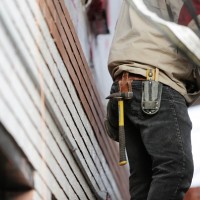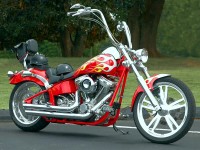There is probably nothing more frustrating for a motorcyclist than suddenly discover that the vehicle they love more than anything won’t start. While the issue can be really serious and require a complete overhaul by expert repair technicians, a few basic checks may be enough to bring your bike back to life and speed you along the Pan-American Highway again. Here is what you can do when the bike refuses to move.
1. Exclude the obvious
Sometimes, we face a problem and try to solve it in all kinds of elaborate ways just to find that the solution was right before our eyes all along. That’s why you need to eliminate obvious causes first.
- Check the bike’s muffler or airbox is free from any foreign objects. If your vehicle has spent the whole winter idle in your garage, a small pest such as a mouse may have found the muffler an excellent place for sleeping and eating. Or, one of your kids may have inserted a toy or ball into the airbox. So, check that there is nothing blocking the passage inside the muffler.
- Make sure you follow the correct starting procedure. Different bikes require different sequences of steps to get the engine spinning. You may have purchased a new model and are not accustomed to its starting steps yet. For example, you may have to put your new bike in neutral whenever it is on the kickstand, whereas it was not required for your old vehicle.
- Check the kill switch is in the “on” position. Many motorcyclists tend to forget about the kill switch, opting to use the ignition key alone. However, someone like a child may incidentally put the switch to the “off” position and render the motorcycle immobile.
- Take a look at the sidestand. The vehicle may not start because you haven’t folded up this prop. Do it now. There is a tricky thing about this part of motorcycle, though. Even if you have folded it up completely, a little switch next to it may have not worked and didn’t send the signal to the ignition that the sidestand was not down anymore. Take a look at that switch as well and use a lubricant to fix it, if necessary. Then, try to start the motorcycle again.
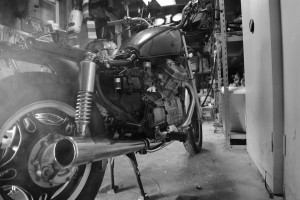
2. Try to find a fuel issue
With the obvious stuff out of the way, deal with a possible fuel issue.
- Check the fuel tank has enough gas. After a long period of inactivity fuel may simply dry out, evaporate. Shake the bike slightly and listen for the sound of liquid in the tank. You may also use the electric light in your smartphone to look inside the fuel container.
- Replace the fuel in the tank. If you do have gas in the tank, it may have lost octane due to the engine being idle for too long. Give your motorcycle fresh gas.
- Check the fuel lines and filters. The previous two steps have yielded no results? Make sure the fuel actually gets to the engine via the fuel lines and filters. Those may get clogged over time and block the passage. Motorcycle repair professionals recommend using a starting liquid. That way, you will push the gas into the system.
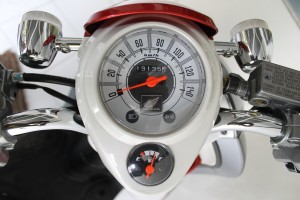
3. Look for a possible battery issue
Another area that may cause the trouble is the battery. This is what you can do:
- Make sure the terminal connections are tightly fixed and have no rust eating them away. In many cases, cleaning the connections and tightening them have helped motorcycle owners avoid the entire battery replacement.
- Replace the battery, which may have lost its charge (or its charge level is not sufficient). A bad battery will not generate any spark required to ignite the fuel/air mixture. Turn on all the lights and sound the horn. If the lights are much less bright than usual and the horn is barely audible or not audible at all, it’s time to replace the battery. You can also use a voltmeter to check if the battery is still good. Recharge the battery if the instrument shows a value below 12.5 Volts with nothing running or 11.5 Volts with a load.
- Jump-start the bike. You can do it if you are not out in the wild, of course. Remember, though, that an abrupt voltage increase may ensue in the course of jump-starting. That may put modern electronics at risk.
- Check the fuse. Finally, check the battery fuse. It may have blown. Replace it with an identical one. If it blows again, look for a dead short in the system.
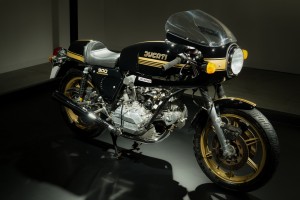
4. Make sure the compression is right to start the engine
You should check the compression level in the system only when the steps above have left you still standing near your bike. A motorcycle starts moving when the oxygen-gas combination gets compressed and heats up sufficiently to start burning. A low/non-existent compression in a cylinder (determined with a compression tester) will never be able to wake up the motor. If the compression is the culprit, you may have to change some components such as piston rings or a whole cylinder. Consult an expert to pinpoint the faulty part.

We hope our tips will help you always plow the road on your two-wheel lightning. You can find more ideas on how to start your bike here. Remember that prevention is still better than cure, however trite it may sound. Take good care of your motorcycle every single day. Also, ride it as often as you can, but don’t forget about insurance.
